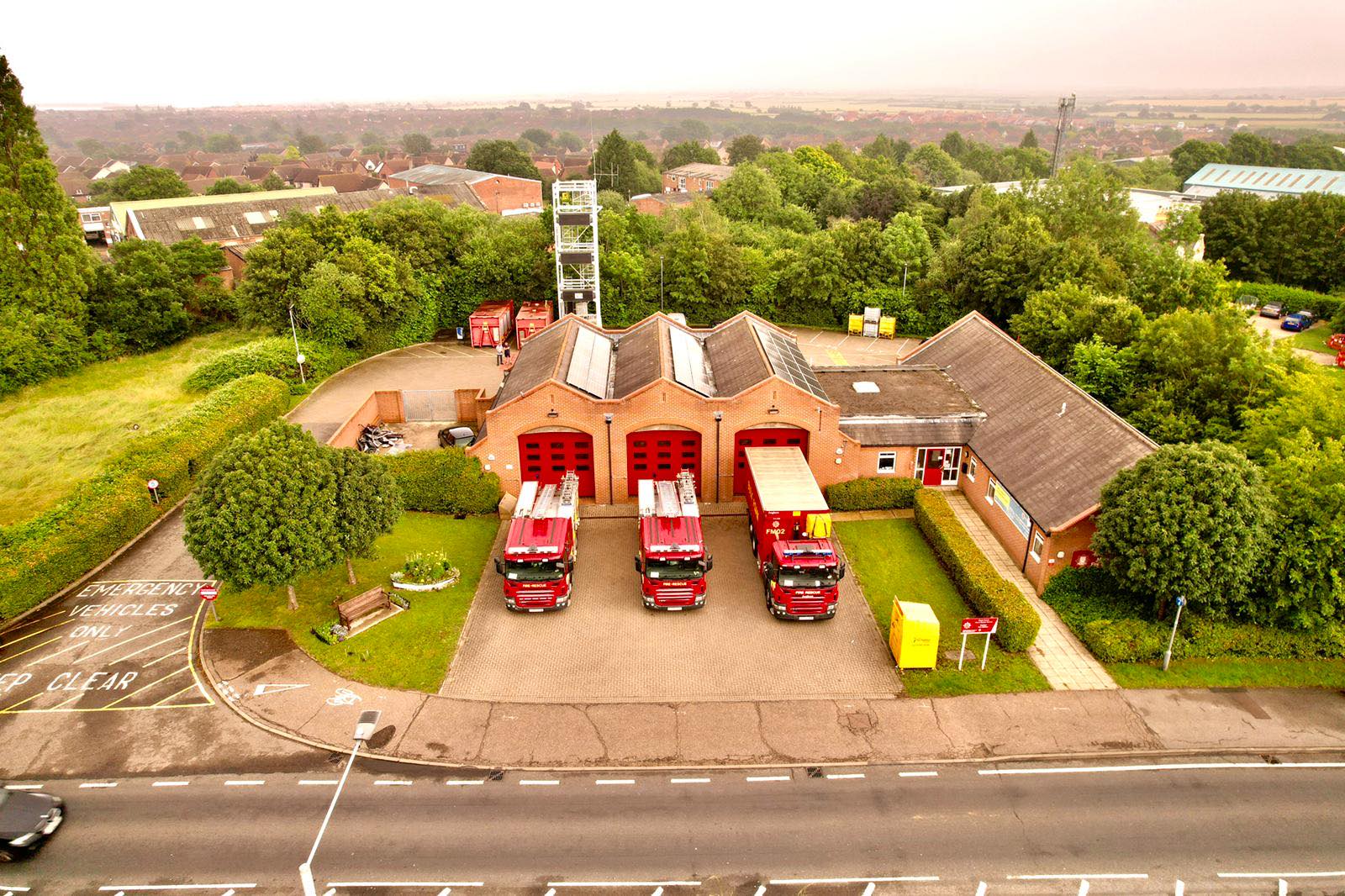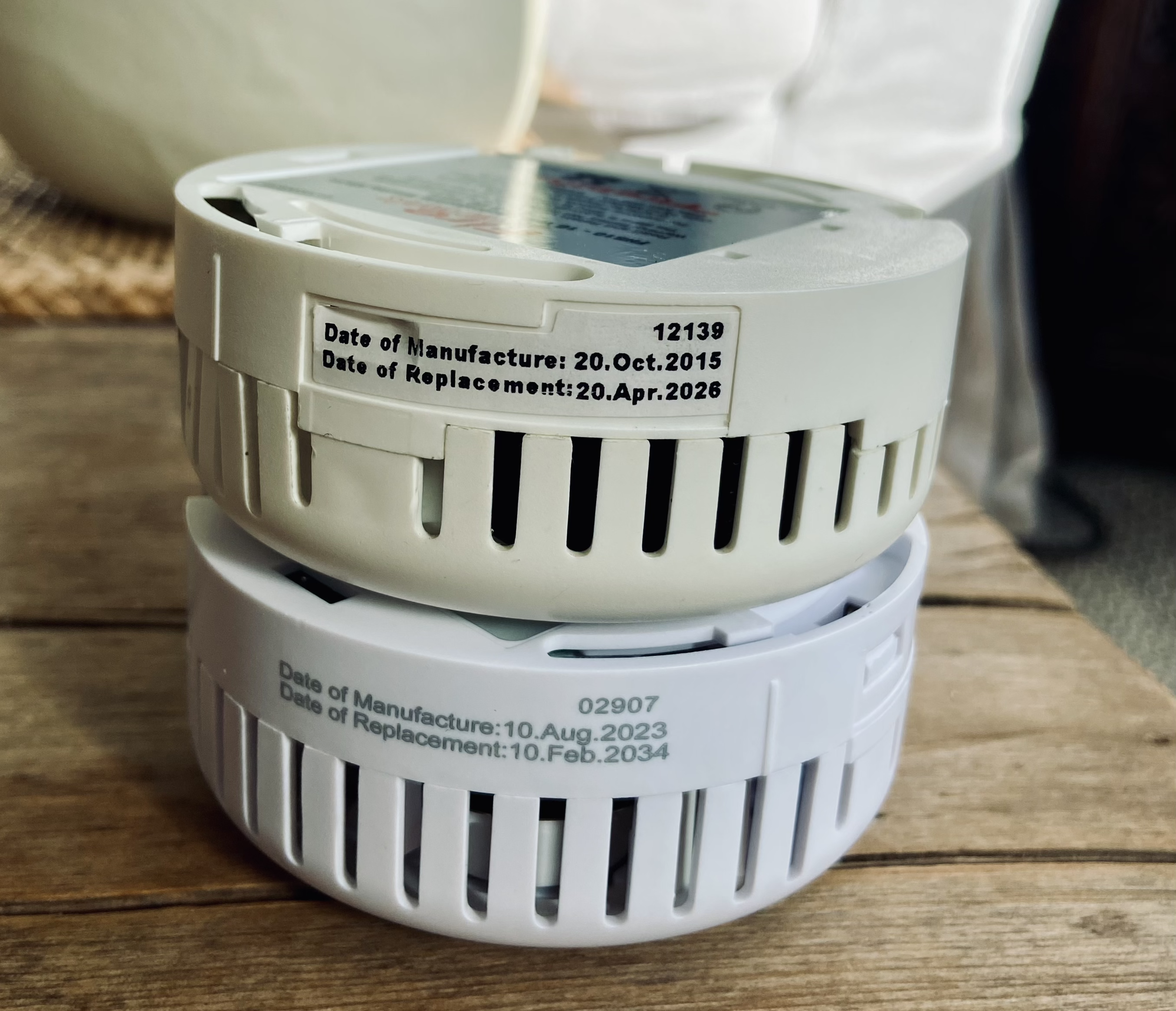A Life on the Ocean Wave by Mike Smith
If you’re unlucky enough to be trapped in floods whether they involve the sea, a river, or just heavy rain, the fire and rescue service will live up to its title and deploy trained personnel to rescue you and their equipment is likely to include small boats.
In the days before container ships concentrated maritime commerce on just a few ports, international seaborne trade involved a large number of British harbours and the fire services covering the principal ones often included a fireboat, in the case of the London Fire Brigade (LFB) several fireboats, in their returns of fire appliances.
The LFB had a tradition of naming its fireboats after distinguished Chief Officers, “James Braidwood”, “Massey Shaw”, “Firebrace”, all of whom had also made significant contributions to the wider British fire service. Glasgow had the “St Mungo”, an impressive looking vessel named after the city’s patron saint, and Plymouth had the “Cissie Brock”, named after the first lady to be chair of the city’s watch committee. Bristol and Gloucester had the appropriately named, “Pyronaut” and “Salamander”, and Southampton the rather un- inspiringly named, “Fireboat 39”.
Whilst today’s firefighters are trained to handle their inflatable craft and in the skill of swift water rescue, the Manual of Firemanship devoted Part 7 of its various editions to fireboats and ship fires. The volume was illustrated with photographs and descriptions and diagrams of some of the larger fireboats then in service such as, “Massey Shaw”, “St Mungo” and “Fireboat 39”.
Some editions also included illustrations of the “Fireflair”, a slightly smaller vessel built in the 1950s for the War Office and subsequently taken over by the Essex and Kent Fire Brigades to cover risks along the lower reaches of the River Thames. In this context she was based on the Kent side of the river and operated by Kent. But the Manual’s Part 7 also covered the extensive nautical knowledge required by the crews of the larger fireboats, with sections on charts and navigation, tides, knots and lines and international signal flags.
World War II saw a massive increase in fireboat operations with the role of the LFB fireboat “Massey Shaw” in the Dunkirk Evacuation widely reported. Protection of the riverside assets and docks along the River Thames in the London area saw many craft pressed into service for firefighting by the LFB and Auxiliary Fire Service (AFS), while riverside fire brigades from Barnes to Barking all had fireboats.
Canvey Island was another Essex location where fireboats were based. The wartime film, “I was a fireman”, includes a brief scene where an AFS fireman describes how he would deploy his fireboat to relay river water to appliances ashore, an important and frequent operation during the “Blitz”.
But it wasn’t just in ports and harbours where fireboats were to be found. When the extent of the damage caused by the November 1940 air-raid on Coventry became clear one of the first attempts to assist firefighters in the city was the loading of hose and pumps onto a narrowboat to proceed from Rugby to Coventry via the canal network. Narrowboats operated extensively as fireboats, including in London and Birmingham, during the war.
When the National Fire Service (NFS) was formed in August 1941 fireboats featured large in its operations. The importance of the River Thames from west London to the North Sea saw the NFS consolidate fireboat operations as the River Thames Formation.
At one stage its headquarters was the “Endeavour”, moored off Grays. “Endeavour” was originally a training ship for boys wanting to enter the Royal or Merchant Navies. One firefighter who served on her painted a vivid picture of life on board, with decks being scrubbed and personnel sleeping in hammocks. Going ashore involved rowing a skiff from the vessel to Grays. When, later in the war, “Endeavour” was taken over by the Admiralty for other duties and moved, those from the fire service who had been associated with her were very sad to see her depart.
Without doubt the largest fleet of fireboats congregated along the south coast of England in the Spring of 1944 as shipping and troops massed for the D Day Invasion. These firefighting craft ranged in size from those suited to the calm waters of rivers and docks to those with ocean going capabilities. As the invasion fleets assembled the fireboats were deployed on various chores – dealing with fires ashore and afloat, standing-by as fuel was loaded, pumping out and keeping afloat vessels damaged in collisions.
When the invasion fleet sailed some of the larger fireboats followed it to sea. Once again they undertook a variety of tasks – dealing with fires on vessels returning, damaged, from Normandy, escorting and pumping out craft in danger of sinking and picking up aircrew shot down over the Channel.
With the end of the war fireboats were decommissioned, eventually leaving just those, some already mentioned, in service in the UK’s largest ports.
However, two, one from the RAF at Felixstowe and the other from the Royal Navy at Harwich, were available in April 1953 to assist Essex County Fire Brigade fight a fire on board the Danish ferry “Kronprins Frederik” at Pakeston Quay, Harwich.
But with the changes in maritime trade and traffic most fireboats have now gone, replaced by alternative arrangements usually involving tugs. Probably the sole survivors are the LFB’s fireboat, and the vessel maintained by Devon and Somerset Fire and Rescue Service at Plymouth.
By Mike Smith
Essex Fire Museum Volunteer
All Fired Up’ is a series of articles written by our Museum volunteers about the history of the fire service in Essex.
Volunteers spend many hours researching the collection, often uncovering untold stories and finding interesting facts that would otherwise be lost.
To share these invaluable snippets of history with you we are making some of this research available. Read the full list here.


